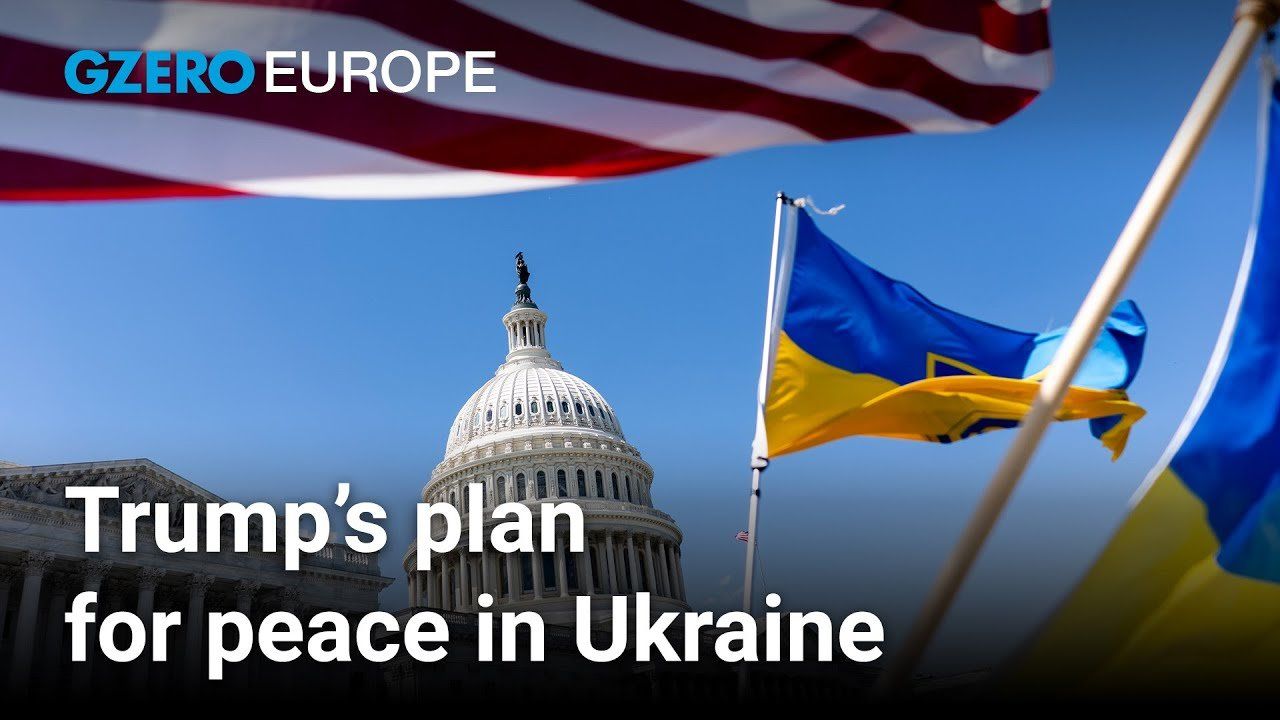
What is the European reaction to what President Trump is trying to achieve in terms of peace?
Well, confusion. A lot of people, and there are quite a number of European leaders here, today, don't really understand what President Trump is up to. He wants peace, that's fine. But peace can be, well, that could be the complete capitulation of Ukraine, that is the Putin definition of peace. Or it can be the victory of Ukraine, that's another definition of peace. So exactly how President Trump intends to pursue this? And without Europe, obviously, neither Putin nor Trump wants Europe around the table.
But how do you do it without Ukraine on the table? Because a lot of the things that are going to be necessary to agree with are things that have to be agreed with Ukraine, with President Zelensky. So a lot of question marks. The desire for peace is clearly here, no question about that. This war has to come to end. But the peace has to be just, it has to be stable. It has to be something that is not just a pause for Russia to recalibrate and restart the war.
So a lot of things to discuss between the European leaders and between the European leaders and President Zelensky, is happening in Kyiv here today. But also eventually, across the Atlantic, President Macron is in Washington today, Prime Minister Starmer is heading into Washington on Thursday.